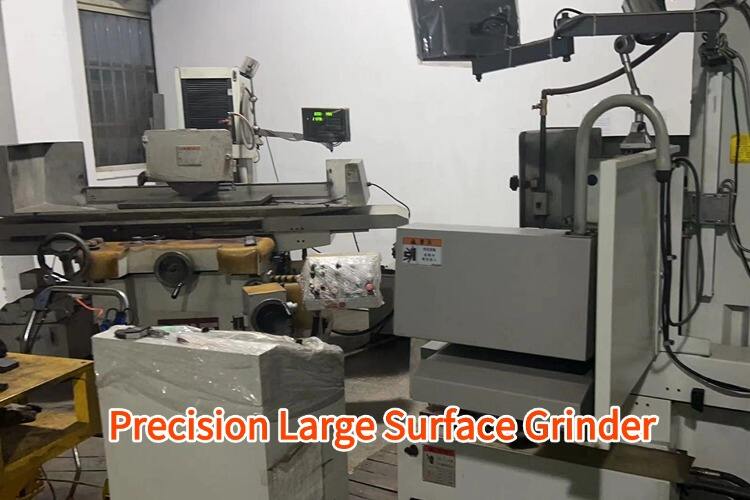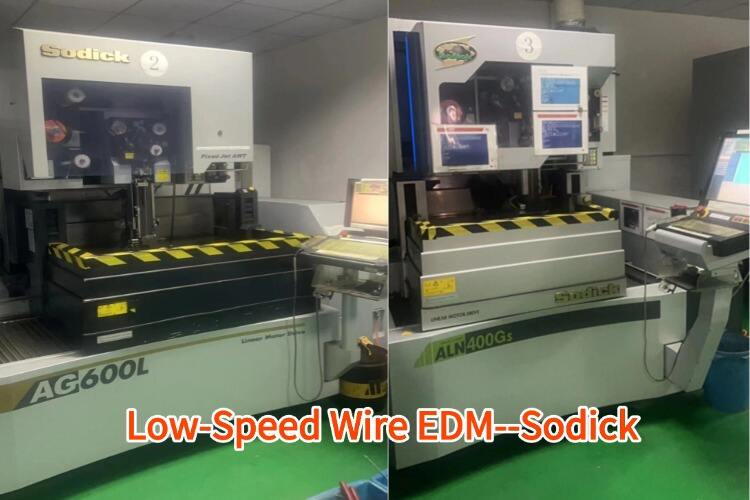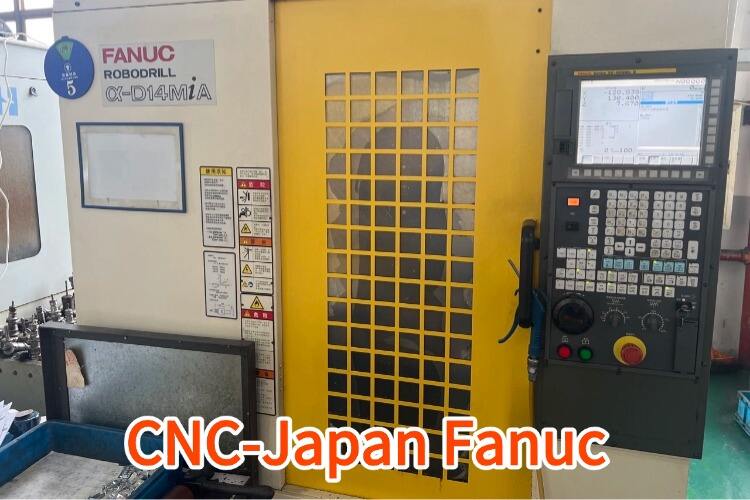cnc metal design
CNC metal design represents a cutting-edge approach to precision manufacturing, combining advanced computer numerical control technology with sophisticated metal fabrication techniques. This innovative process enables the creation of intricate metal components with exceptional accuracy and consistency. The technology utilizes specialized software to translate digital designs into precise machining instructions, controlling various tools that cut, shape, and finish metal workpieces. The process encompasses multiple capabilities, including milling, turning, drilling, and threading, all executed with microscopic precision. Modern CNC metal design systems feature multi-axis capabilities, allowing for complex geometries and detailed surface finishes that would be impossible to achieve through traditional manufacturing methods. The technology supports a wide range of metals, from aluminum and steel to exotic alloys, making it suitable for diverse applications across industries. These systems excel in both prototype development and high-volume production scenarios, offering scalability and repeatability while maintaining consistent quality standards. The integration of advanced sensors and real-time monitoring ensures optimal performance and minimal material waste, while automated tool changing and workpiece handling enhance operational efficiency.


